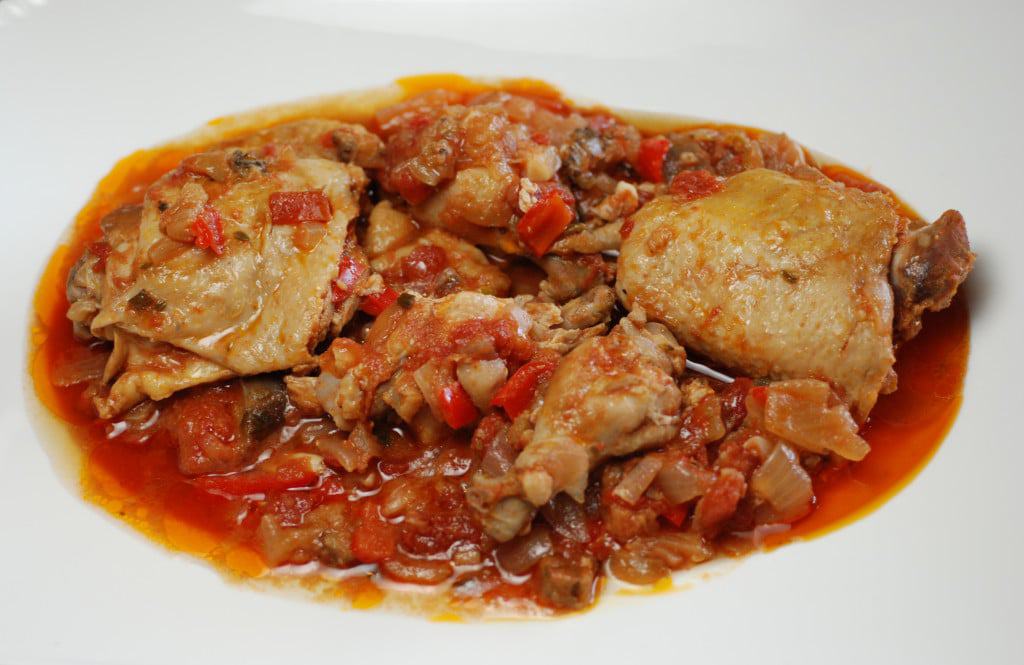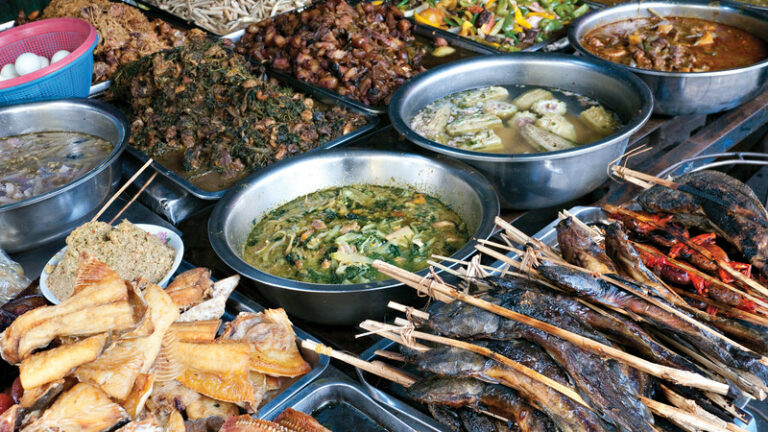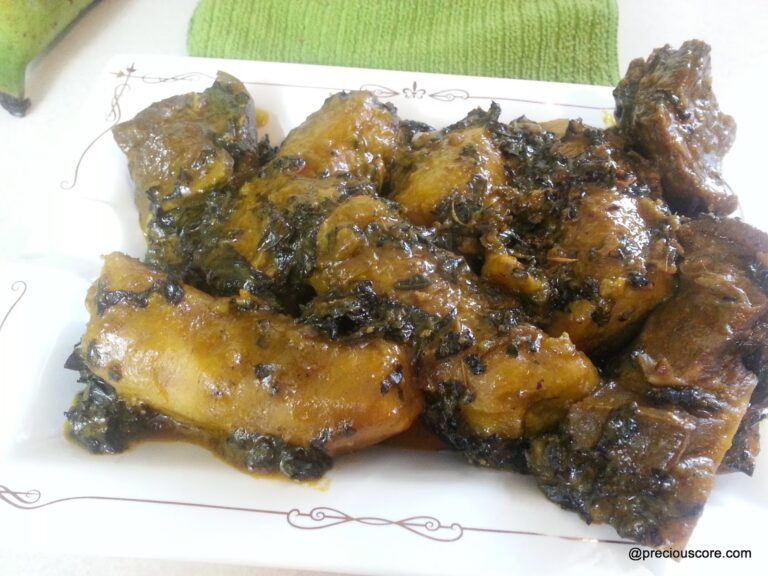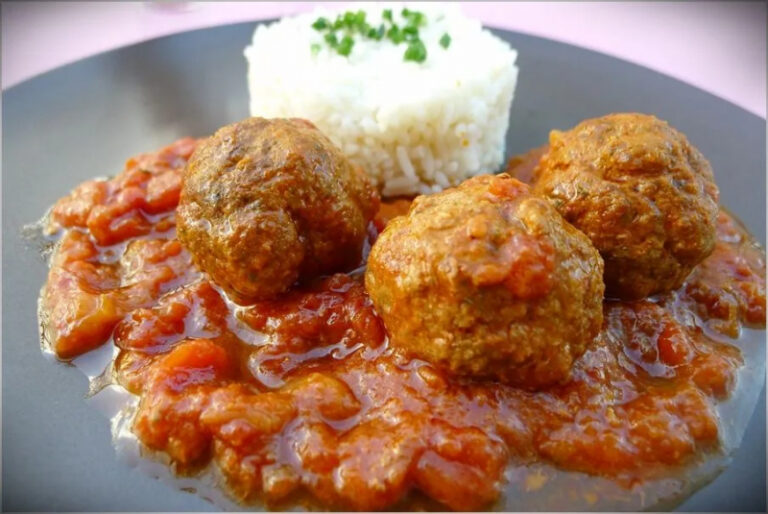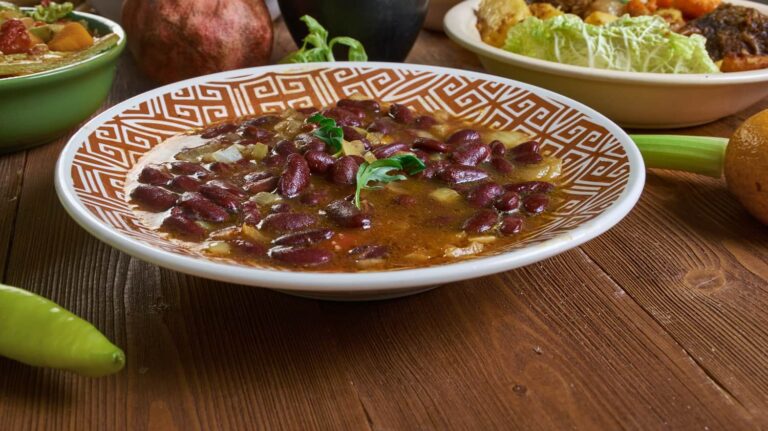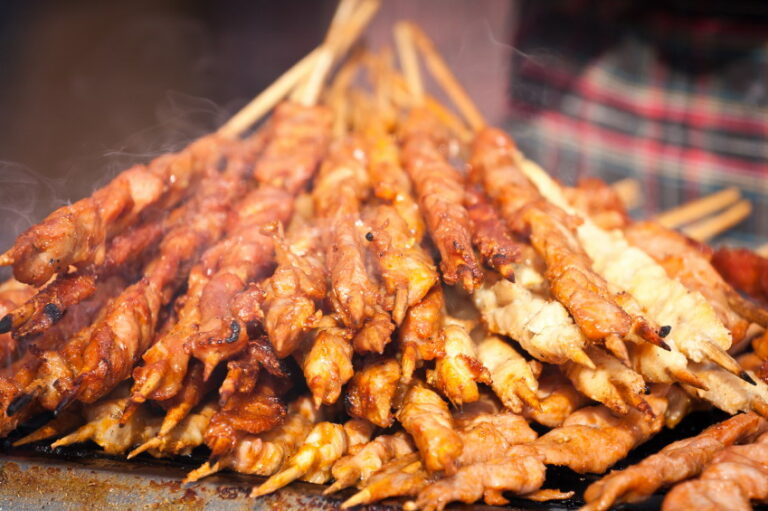Introduction: Vegetarianism and Veganism in Côte d’Ivoire
Vegetarianism and veganism are growing in popularity worldwide, with more people choosing to adopt plant-based diets for health, environmental, and ethical reasons. However, traditional diets in many countries, including Côte d’Ivoire, are heavily based on meat, fish, and dairy products. This raises the question: are there any vegetarian or vegan options in Côte d’Ivoire cuisine?
Traditional Côte d’Ivoire Dishes with Meat and Fish
Côte d’Ivoire cuisine is known for its rich flavors and diverse ingredients, influenced by both African and French culinary traditions. Some of the most popular traditional dishes in Côte d’Ivoire include attiéké (a type of cassava couscous), fufu (a starchy dough made from yam or cassava), and kedjenou (a slow-cooked chicken stew). These dishes are typically made with meat or fish, often served with a spicy tomato-based sauce and a side of vegetables or plantains.
Common Ingredients in Côte d’Ivoire Cuisine
Some of the most common ingredients in Côte d’Ivoire cuisine include yams, cassava, plantains, peanuts, tomatoes, onions, and hot peppers. These ingredients are used in a variety of dishes, from hearty stews to spicy sauces. Meat and fish are also commonly used, but there is a growing movement towards incorporating more plant-based ingredients into traditional recipes.
Vegetarian Options in Côte d’Ivoire Restaurants
While vegetarianism is not yet widespread in Côte d’Ivoire, there are a few vegetarian options available in restaurants and cafes. For example, some restaurants offer vegetarian versions of attiéké or fufu, made with vegetables or beans instead of meat. Salads and stir-fried vegetables are also common vegetarian options.
Vegan Options in Côte d’Ivoire Restaurants
Vegan options are more limited in Côte d’Ivoire, as many dishes contain animal products such as eggs, milk, or butter. However, some restaurants offer vegan versions of traditional dishes, using plant-based ingredients such as coconut milk or palm oil instead of dairy or meat. It is also possible to find vegan-friendly dishes such as lentil soup or vegetable curry.
Non-Meat and Non-Fish Proteins in Côte d’Ivoire Cuisine
In addition to meat and fish, Côte d’Ivoire cuisine also includes a variety of plant-based proteins. Peanuts are a common ingredient in many dishes, providing a good source of protein. Other protein-rich ingredients include black-eyed peas, cowpeas, and soybeans. These ingredients can be used to make vegetarian or vegan versions of traditional dishes.
Plant-Based Substitutes for Animal Products in Côte d’Ivoire Dishes
As the demand for vegetarian and vegan options grows, more restaurants and cafes in Côte d’Ivoire are experimenting with plant-based substitutes for animal products. For example, tofu can be used as a substitute for meat in stir-fries or curries, while coconut milk can be used instead of cream in soups or sauces. Plant-based cheeses and spreads are also becoming more widely available.
Conclusion: The Future of Vegetarianism and Veganism in Côte d’Ivoire
While vegetarianism and veganism are still relatively new concepts in Côte d’Ivoire, there is a growing interest in plant-based diets. As more people become aware of the health and environmental benefits of eating less meat and dairy, it is likely that we will see more vegetarian and vegan options on restaurant menus. With a wealth of diverse and flavorful ingredients to work with, Côte d’Ivoire cuisine has the potential to offer delicious and satisfying plant-based dishes for everyone to enjoy.

